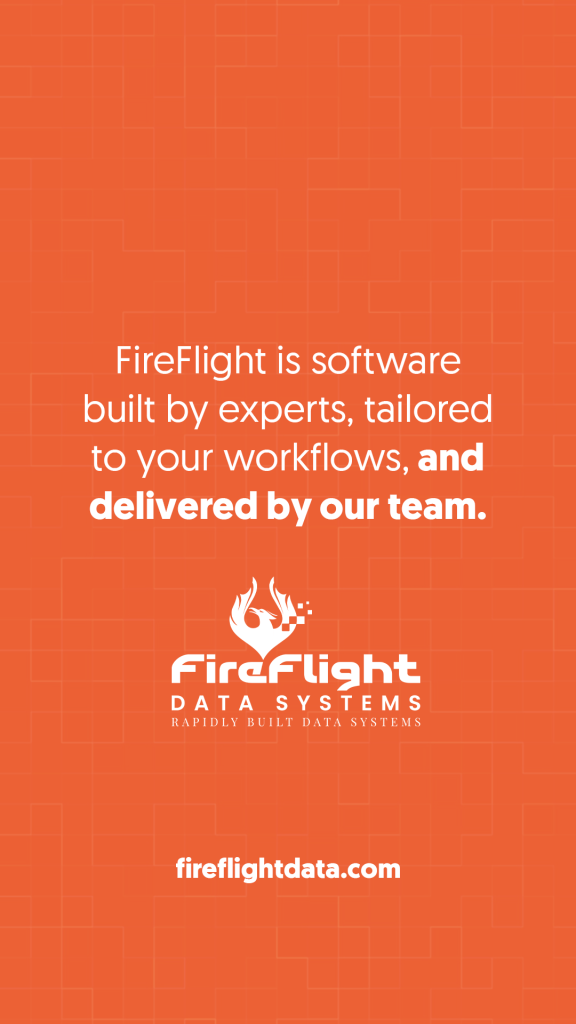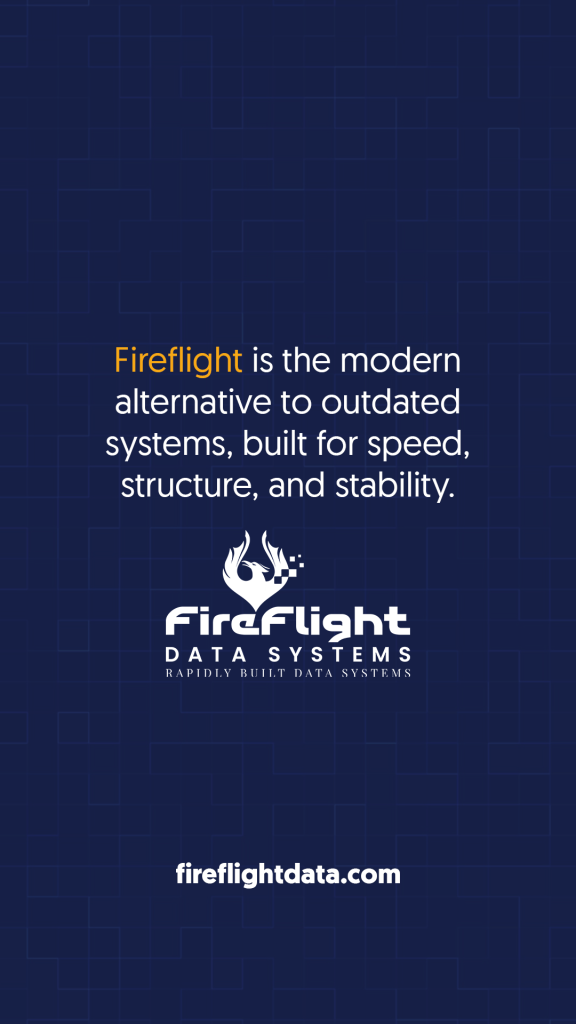Why the gaps appear
1) Job knowledge isn’t managed. Steps, tips, and checks live in memory or notebooks, not in a shared place where people actually work.
2) Departments don’t share one version. Engineering, production, and quality each keep their own documents. Versions don’t match.
3) Training depends on people, not a system. New hires shadow different mentors and learn different ways.
4) No backup plan for absences. When a key person is out, no one knows the exact steps or checks to run the job safely.
What it costs (in plain numbers)
-Delays and rework. If a job loses 30 minutes/day to hunting answers, that’s 10+ hours/month on a single station.
-Higher cost. Extra hours, scrap, and expediting chew up margin. Even 1 hour/day of avoidable rework at a $50/hr rate is $1,000/month per cell.
-Customer risk. Missed checks or wrong revisions create defects and late shipments.
-Team stress. People spend time chasing answers instead of building product.
Five everyday signs
-“Ask Maria” is the unofficial instruction.-
–Two shifts run the same job two different ways.
–New hires shadow for weeks and still don’t feel confident.
–You can’t prove which revision of the instructions ran last Tuesday.
–Performance drops for a month after someone leaves.
“We replaced the ‘ask Maria’ routine with an 8‑step checklist. Two shifts ran the job the same way on day one.” — Daniel R., Production Lead
A simple playbook (start small)
Step 1 — Put steps where work happens.
Pick one important job. Write an 8–12 step checklist that sits at the station (tablet or printed). Use short, clear lines. Add 1–2 must‑do checks (go/no‑go) where mistakes hurt most.
Step 2 — Share the same version across teams.
Engineering, production, and quality agree on the current version. When something changes, the old version is removed. Everyone sees the same thing.
Step 3 — Make roles clear.
List who is allowed to run tricky steps. If someone isn’t certified, a supervisor must approve before work starts (write the reason).
Step 4 — Close the loop.
When a problem happens (defect, rework, near miss), add or adjust a step/check in the checklist within one week.
“Thirty days was enough to prove it: FPY up, rework down, and less firefighting.” — Jasmine T., Operations Manager
The 30‑day quick plan
Week 1 — Choose and measure
-Choose one product family or job and one station.
-Write down today’s results: first‑pass yield (FPY), rework hours/job, and # of times someone asked for help on this job in the last week.
Week 2 — Build the checklist
–Draft 8–12 steps in order; make go/no‑go checks simple (pass/fail).
–Add one photo if it prevents a common error (fixture position, part orientation).
-Test with one shift. Fix any unclear words.
Week 3 — Share and control
-Post the final version at the station and in your document folder.
-Remove old versions. Tell teams which version is live. Put a date + version on the first line.
–List certified people for the tricky steps. Turn on the supervisor approval rule for everyone else.
Week 4 — Prove the benefit
–Compare with Week 1: FPY, rework hours/job, # of help requests.
–Keep what works, adjust what doesn’t. Plan two more jobs to convert next month.
What the checklist looks like (example)
Job: Assemble Valve Body — Version: 2025‑10‑22 v1
Confirm part REV B on traveler (go/no‑go).
Clean mating surface (wipe + visual).
Place gasket (photo in step).
Torque bolts in order 1‑4‑2‑3 to 12 Nm (go/no‑go: enter value).
Leak test 60 sec @ 2 bar (pass/fail record).
Mark lot and sign off.
Tricky step: Torque sequence — Certified operators: A. Lee, R. Patel.
If not certified: Supervisor approval required (write reason).
Team roles (keep it simple)
-Operator: Runs the checklist and marks pass/fail.
-Lead/Supervisor: Approves exceptions; updates list of certified people.
-Engineering/Quality: Keep the master version; update steps after issues.
FAQs in plain language
What if experts say this slows them down?
Experts move quickly through confirmations. The checklist prevents rework, which saves time overall.
Do we need photos and videos for every step?
No. Use media only where it prevents common errors.
What if every job is different?
Start with the 80/20: capture the common steps and the two most painful checks. Add edge cases later.
How do we keep versions under control?
Put the version and date at the top. When a new version goes live, remove old copies.
Quick self‑audit (score yourself 0/1/2)
-Steps live at the station (not just a shared drive).
-One current version; old versions removed.
-At least one go/no‑go check on the job.
-Certified list exists for tricky steps.
-Problems update the checklist within one week.
Total (0–10): ____ → 0–3 low risk | 4–7 medium | 8–10 high
“Consistency across shifts finally showed up in the numbers.” — Erin P., Plant Manager
Results to expect (first month)
-More consistency across shifts
-Faster training (new hires have a clear path)
-Fewer mistakes and less rework
-Less stress, better coordination
Bottom line: When knowledge is managed and shared, your team stays coordinated—even when people change. Start with one job, one station, one month—and grow from there.
“Engineering pushed an ECO at noon; the floor was running the new steps at 12:07.” — Sofia V., Manufacturing Engineer
How FireFlight keeps knowledge flowing (and silos down)
One place for the truth, delivered where people work. FireFlight turns job know‑how into simple, rev‑locked checklists that show up at the station (tablet/desktop/print) and stay in sync across teams.
What FireFlight does for you
-Rev‑locked checklists: The current steps (with photos and go/no‑go checks) are tied to a version. Old versions are removed automatically so every shift runs the same play.
-ECO lineage: When Engineering approves a change, the new steps appear at the stations and old ones are retired. Each job records which revision ran.
-Skills & gates: Mark who can run tricky steps. If someone isn’t certified, a supervisor must approve with a reason. This keeps quality steady when people rotate.
-Cross‑platform sharing: Updates post to the floor and notify the right people in your communication tools (e.g., email/teams). Everyone sees the same change at the same time.
-Connects to your systems: FireFlight can pull/push data with your ERP/PLM/QMS so part numbers, revisions, and quality results match everywhere.
-Audit & traceability: Each job captures who did what, which checks passed, and which revision ran—easy for customer audits.
-Multilingual support: Show the same checklist in English and Spanish so teams don’t lose time translating.
Quick wins in 30 days
Convert one high‑impact job to a FireFlight checklist (8–12 steps, 1–2 checks).
Turn on ECO syncing so new instructions replace old ones automatically.
Add one certification gate on the riskiest step.
Compare FPY and rework after two weeks across shifts.
Result: fewer surprises, faster training, and less stress—because the right information reaches the right people, on every platform, right when they need it.



Ready to see the difference?
Schedule your FireFlight demo today and unlock a clearer path.
Request Access to Live Demo
Facebook
Youtube
Instagram
Linkedin


